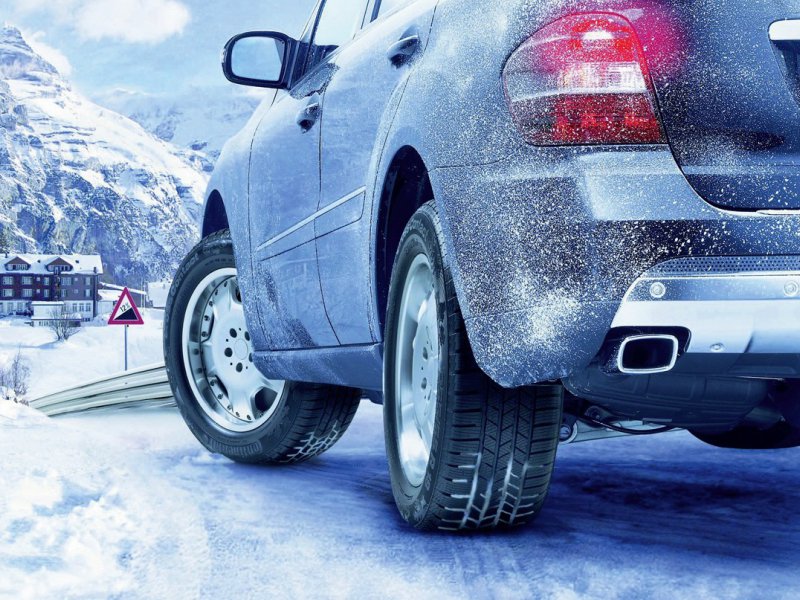On
the eve of winter it is useful to recall that under the influence of
low temperatures many materials and substances change their properties. How frost can affect the work of the knots and mechanisms of the car will be understood in this article.
The most dangerous for cars is the frozen and viscous fluid in hydraulic systems. If water in ice is converted into ice, then even frost-resistant solutions become viscous, losing their basic properties and thereby causing irreparable harm to the most important mechanisms. This applies to the oil in the engine and transmission box, brake and coolant in the corresponding systems, the lubrication of suspension hinges, the contents of the shock absorbers and the hydraulic booster, the electrolyte in the battery.
In order not to expose a car to a serious test it is better to adhere to several rules. Even if the engine at idle turns into the working temperature in a high frost, this does not mean that all other hydraulic systems have been throttled to the end. Therefore, moving from place to place and breaking the first kilometers of the way into the cold crash, move slowly, no more than 40 km per hour, avoid uneven road cover, possibly minimizing the load on the suspension as much as possible. Be prepared for the inadequate operation of the braking system due to the possible icing of the brake discs and pads. Treat the pedals gently and tenderly.
As practice shows, usually all systems start to work in the usual mode after 4-5 kilometers of the way. In addition, be prepared to suddenly show the vibrations on the steering wheel due to ice and snow on the wheels at a speed of 60 km / h. In this case, you have to drive to the sink and wash the wheels with a jet of water under the temple.

The most dangerous for cars is the frozen and viscous fluid in hydraulic systems. If water in ice is converted into ice, then even frost-resistant solutions become viscous, losing their basic properties and thereby causing irreparable harm to the most important mechanisms. This applies to the oil in the engine and transmission box, brake and coolant in the corresponding systems, the lubrication of suspension hinges, the contents of the shock absorbers and the hydraulic booster, the electrolyte in the battery.
In order not to expose a car to a serious test it is better to adhere to several rules. Even if the engine at idle turns into the working temperature in a high frost, this does not mean that all other hydraulic systems have been throttled to the end. Therefore, moving from place to place and breaking the first kilometers of the way into the cold crash, move slowly, no more than 40 km per hour, avoid uneven road cover, possibly minimizing the load on the suspension as much as possible. Be prepared for the inadequate operation of the braking system due to the possible icing of the brake discs and pads. Treat the pedals gently and tenderly.
As practice shows, usually all systems start to work in the usual mode after 4-5 kilometers of the way. In addition, be prepared to suddenly show the vibrations on the steering wheel due to ice and snow on the wheels at a speed of 60 km / h. In this case, you have to drive to the sink and wash the wheels with a jet of water under the temple.




